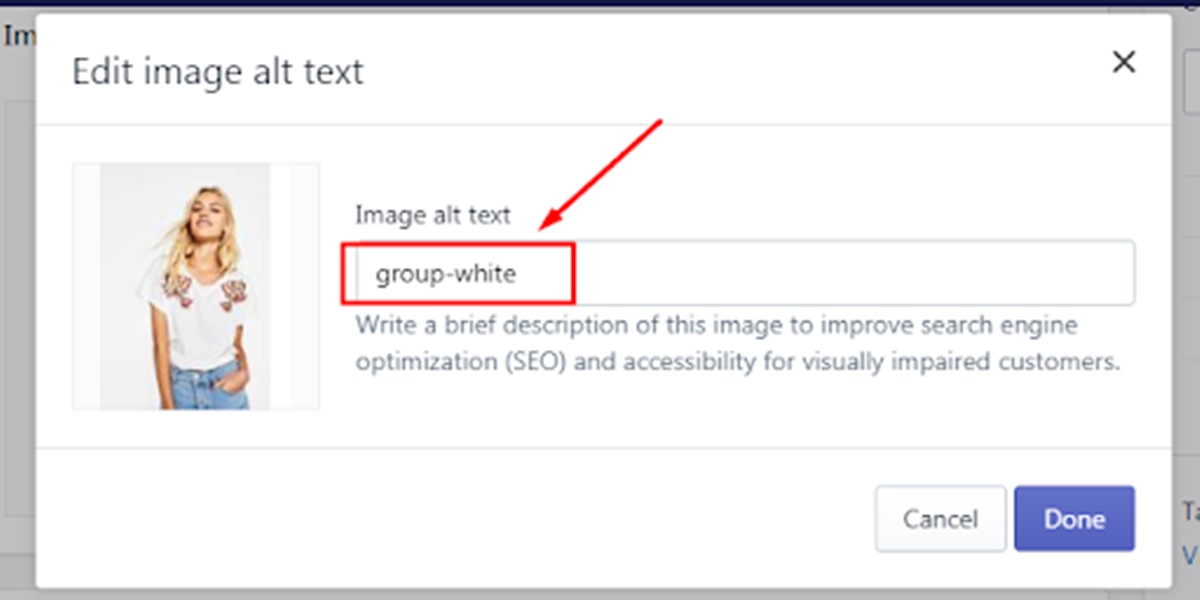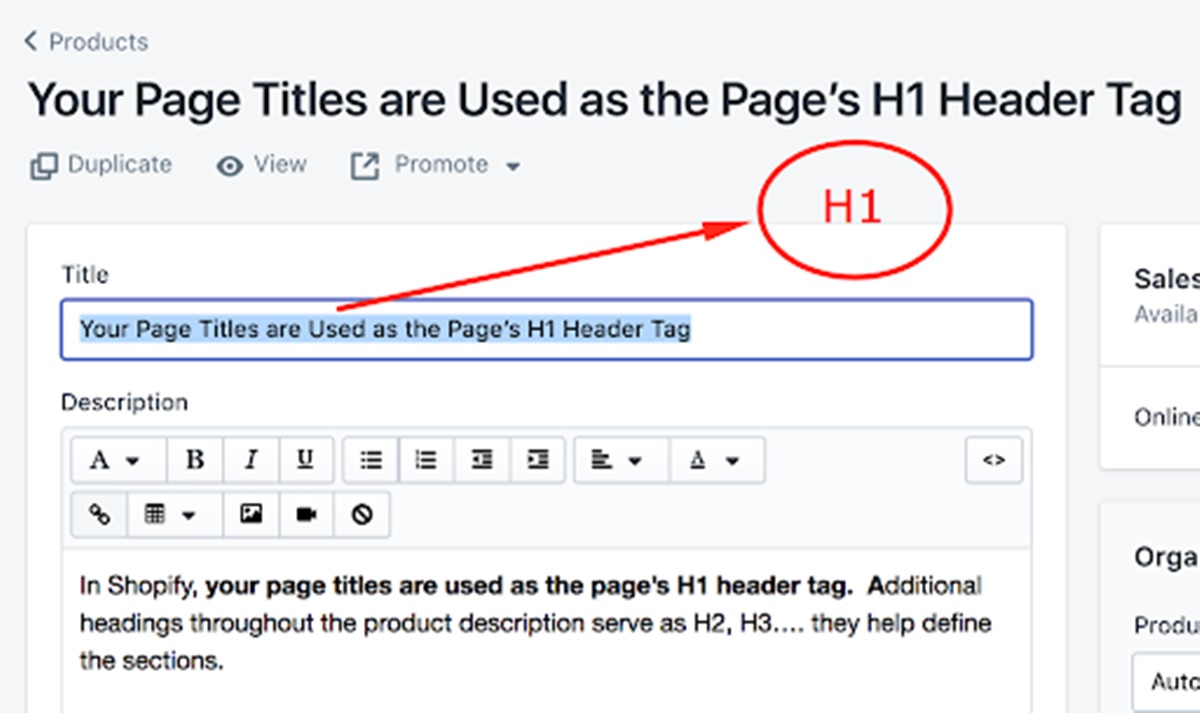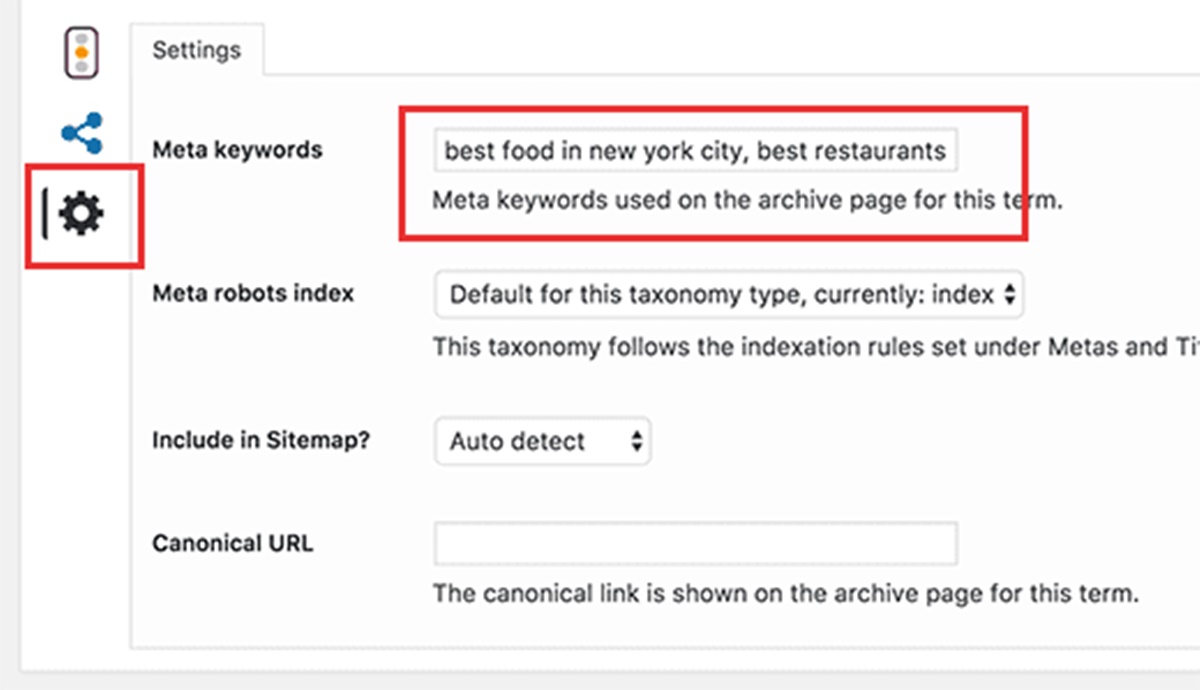How to Add Keywords to your Shopify Store for SEO?
Shopify is considered one of the cornerstones of e-commerce that many businesses choose to trade their products online. More and more companies and sellers are successful with this form of sales. Therefore, Shopify’s advertising products and making many customers aware of their products are always focused and exploited by Shopify store owners.
In particular, website optimization is one of the most critical factors for a successful battle. Shopify is an SEO-friendly website platform (optimized for search engines) and has many features built to make it easy for users to manipulate it. However, to have a sales website that attracts a lot of traffic, you need to do a lot of work, the most crucial part is adding keywords.
This is the job that every website must do to attract users and increase traffic. You need to ask yourself: What are shoppers looking for? What words do they use to search for products? Search for major keywords and consider adding alternative words and longer keyword phrases (long-tail keyword). After determining the right keywords, you need to develop a specific strategy and plan on how to use keywords in the article to optimize search. This is a way not only to increase organic search but also to increase the number of visitors to your site, including your potential customers.
Therefore, in today’s article, I will introduce How to add Keywords to your Shopify store for SEO.
Why should you add keywords to your Shopify store?

Keywords are short words or phrases that help generalize ideas and topics and define content. In terms of SEO, keywords are words and phrases that searchers enter into the search engine to find the content they want. In other words, keywords are the most common description of images, videos, etc. on Shopify.
Keywords appear in search queries that people type into search engines. For example, a person can click on the search box and find a red dress with a bow, immediately a series of related content will be displayed. Obviously the keyword we use here will be red dress and bow. So if you want the search results to appear at the top of your store, try to find out what keywords your customers can use to find your product and add those keywords to your local store, your content.
As a Shopify store owner and content creator, you’ll want the keywords on your site to be relevant to what people are searching for so they have a better chance of finding your content among results. You can use online tools to find keyword ideas and find out how often keywords are used in search queries. It is best to choose keywords specific to your product and business, but often appear in searches. Remember that the more traffic your keyword has, the more competition your store has in searches, so your store may not be displayed near the top of search results.
There are four main locations that you can add keywords to improve search engine optimization (SEO) for your online store:
-
Page title
-
Meta description
-
ALT tag
-
Body content of a page
Keywords are very important especially in the Shopify business because they are the link between what the customer is looking for and the content you are providing to meet that need. Your goal when appearing on search engines is to drive organic traffic to your site from search engine results pages (SERPs). And the keywords you select to target will determine the type of traffic you receive. For example, if you own a cosmetics store, you can create the keyword “cat eyes” to attract customers’ attention about eyeliner products and rank high in the search table. However, if you are not careful, you will probably attract traffic interested in finding a cat with those beautiful eyes.
How to add keywords to your Shopify store?
We all know the importance of keywords on Shopify. So how to add keywords to your Shopify store? I will introduce you to the following 4 main ways as below:
Add keywords to title and meta description
Title tags and meta descriptions are considered to be two of the most important elements of SEO. They will display in search engine results and provide information to people looking for things related to your product. A good title and description will encourage customers to click on your product link in search results and then visit your store.
The page title is displayed as a clickable link in the search results. Search engines now compare the title tag with your page content to determine if the page title matches the page’s content. Make sure your title tag is readable and attractive. You can optimize title tags for search engines in a number of ways, such as:
-
Use a unique title
-
Add the title of your most important target keywords to each product, collection, website or blog post near the beginning of the title. Choose a title with 70 characters or less, because most search engines will shorten long titles.
-
On the other hand, a meta description is a brief of text displayed in search engine results after the title. Meta descriptions can be placed for websites, product pages, gallery pages, and blog posts in Shopify. You should make sure that each page has a unique meta description and uses a simple, easy-to-understand language. An impressive description will attract more people to click on the link to your store.
In order to have an impressive title and meta description you can add keywords to title and meta description following the steps below:
-
Step 1: In the Search engine listing preview, select Edit website SEO
-
Step 2: In the Page title box, enter a descriptive title. This title will be displayed as a link in the search results. Note that the title is limited to 70 characters
-
Step 3: Enter a description for the search engine list. Make sure this description includes relevant keywords to help new customers find your link and your store name. You should use natural, easy-to-read phrases, instead of a list of keywords. The character limit for this section is a maximum of 320 characters
-
Step 4: Click Save.

Notice: Page title and meta description have set character limits. If you enter a lot of text beyond the character limit, your page title and description will be shortened in search engine results.
Moreover, you totally can set a page title and description for your online store by:
-
Step 1: From your Shopify admin, go to Online Store, click Preferences.
-
Step 2: Enter a title and meta description for your store
-
Step 3: Click Save.
Add keywords to image ALT text

Search engines can read text in your content, but it can not read images. So the solution is that you can use descriptive alt text (ALT) to help search engines find your content. Alternative text is also an important feature to help reach the visual impairments.
When you write alt text, use keywords from the image display page. You should use readable phrases that describe what appears in the image, not what you want someone to think about the image. You can place alt text for product images, gallery featured images or blog post images.
The process of adding keywords to the image ALT text includes the following steps:
-
Step 1: From your Shopify admin, go to Products, click All products.
-
Step 2: Click the image of the product that you want to edit.
-
Step 3: Click the ALT link
-
Step 4: Fill in descriptive alternate text for the image.
-
Step 5: Click Done.
In addition, if you want to set the ALT text for a collection or blog post featured image. You can follow the instructions below:
-
Step 1: Click the name of the collection or blog post that you want to edit.
-
Step 2: Under the image, click Update, and then click Edit image.
-
Step 3: Enter descriptive alternate text for the image.
-
Step 4: Click Save.
Add keywords to H1 header

H1 title is the main title lying right at the top of the page. When you create pages for products, pages for collections, websites or blog posts, Shopify will use the title you enter to create an H1 title for the page. The largest text size on a page is usually the H1 heading. Search engines will use them to determine what the page is about. When you enter the page title, remember to add your main keywords so that the H1 title will automatically include them.
Steps to add keywords to the H1 header:
-
Step 1: Select the product, collection, web page, or blog post you want to edit. In the Title, enter a descriptive title that includes your keywords.
-
Step 2: Click Save.
Add keywords in page content

When you write content for a product description or collection, website or blog post, use unique, easy-to-read phrases that include some of your keywords. Search engines compare the content of the page to its titles to make sure that the page carries the content the title refers to. When you write a product description, make sure that the content is not something copied from the text that was provided to you by the manufacturer. Because that description may have been used on other websites.
Focus on the quality of the content of the keyword rather than the number of keywords. However, you should know that search engines need longer content to understand your page better. Therefore, make sure that each page has at least 250 words in the description text and that the information pages and blog posts will have at least 500 words.
Final words
To conclude, keywords play a vital role in making your SEO on Shopify successful. Following the steps to add keywords to the store for SEO Shopify that I have shared above will help your website quickly achieve high rankings on search engines. Hopefully, through this article, you will understand the effectiveness of keywords for SEO Shopify and how to add keywords. I hope your products will be increasingly searched and loved on Shopify.





